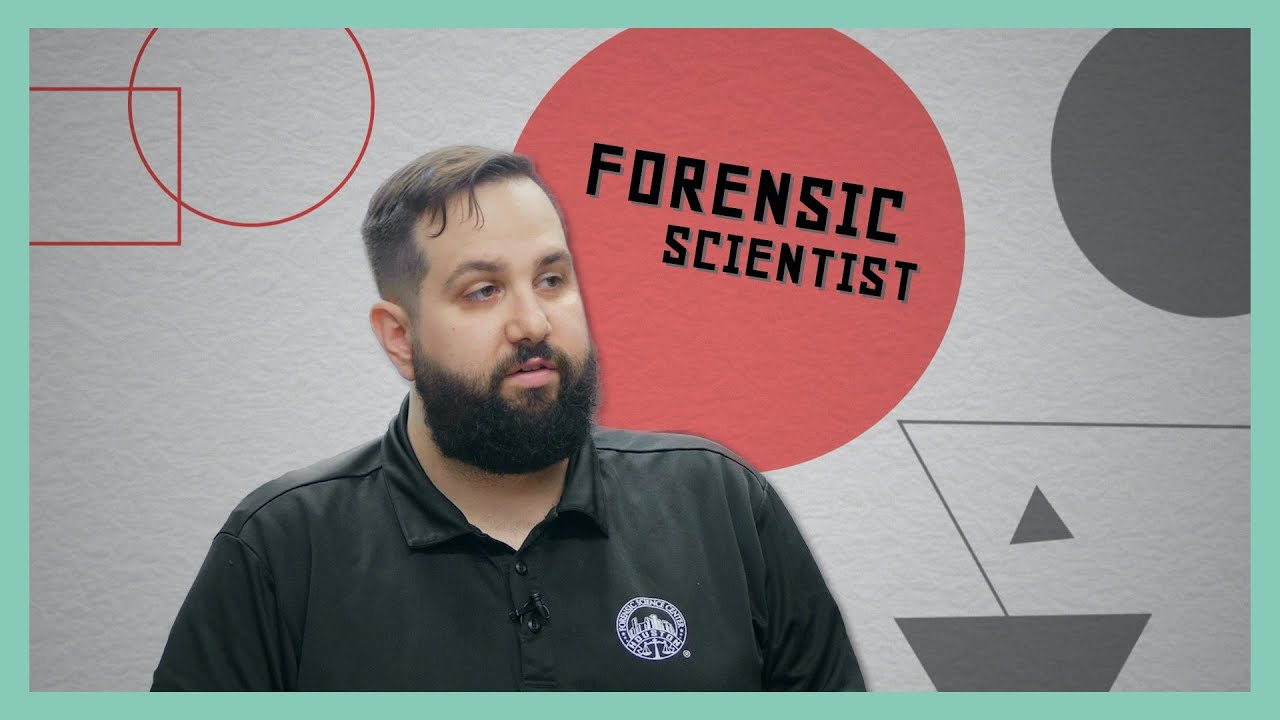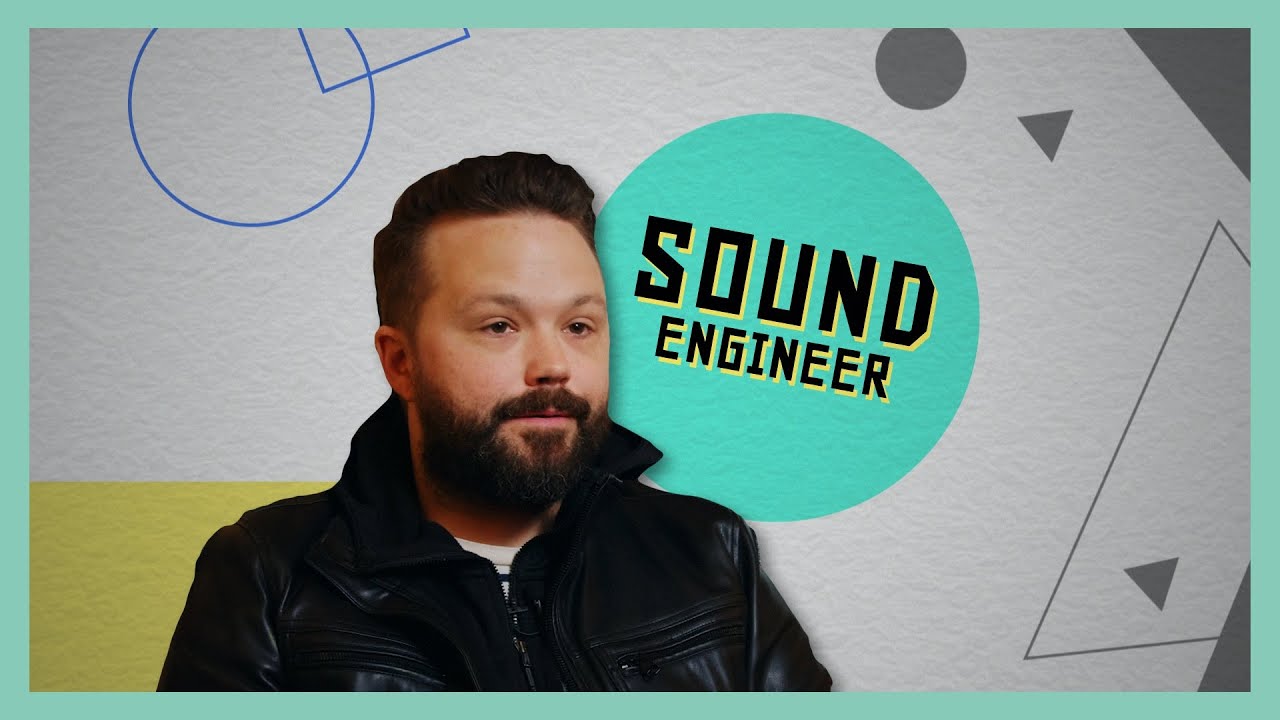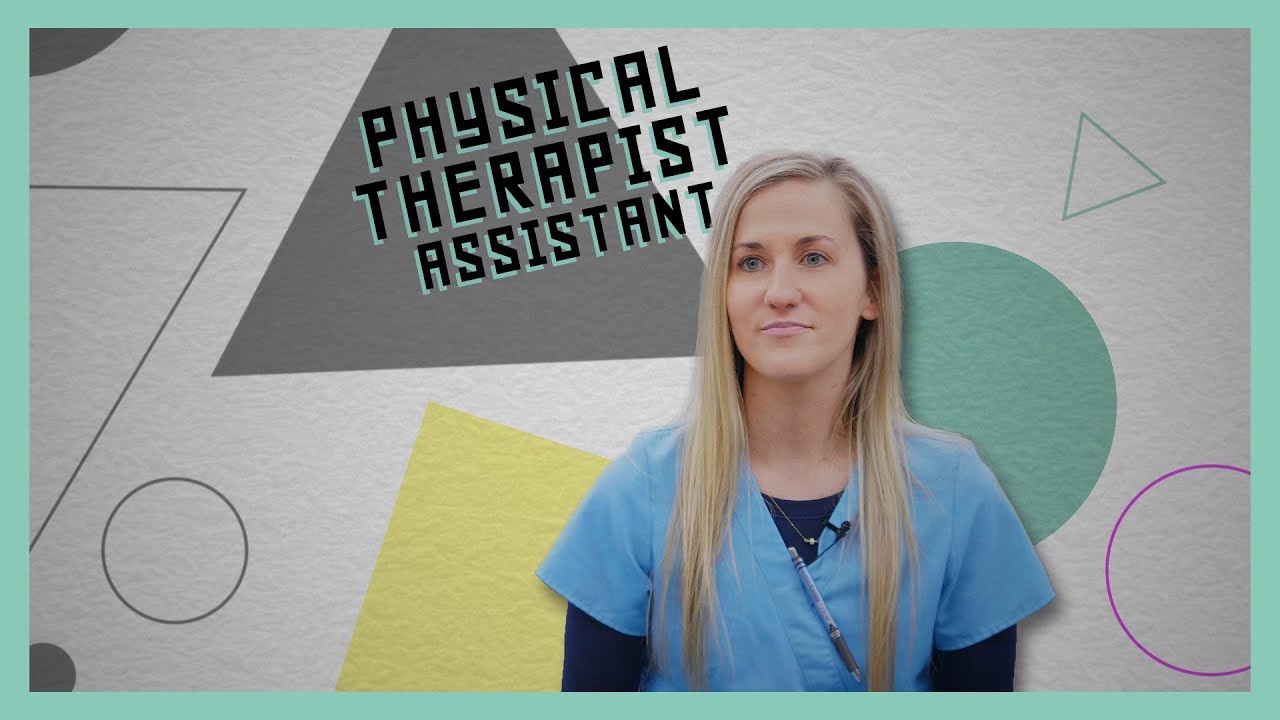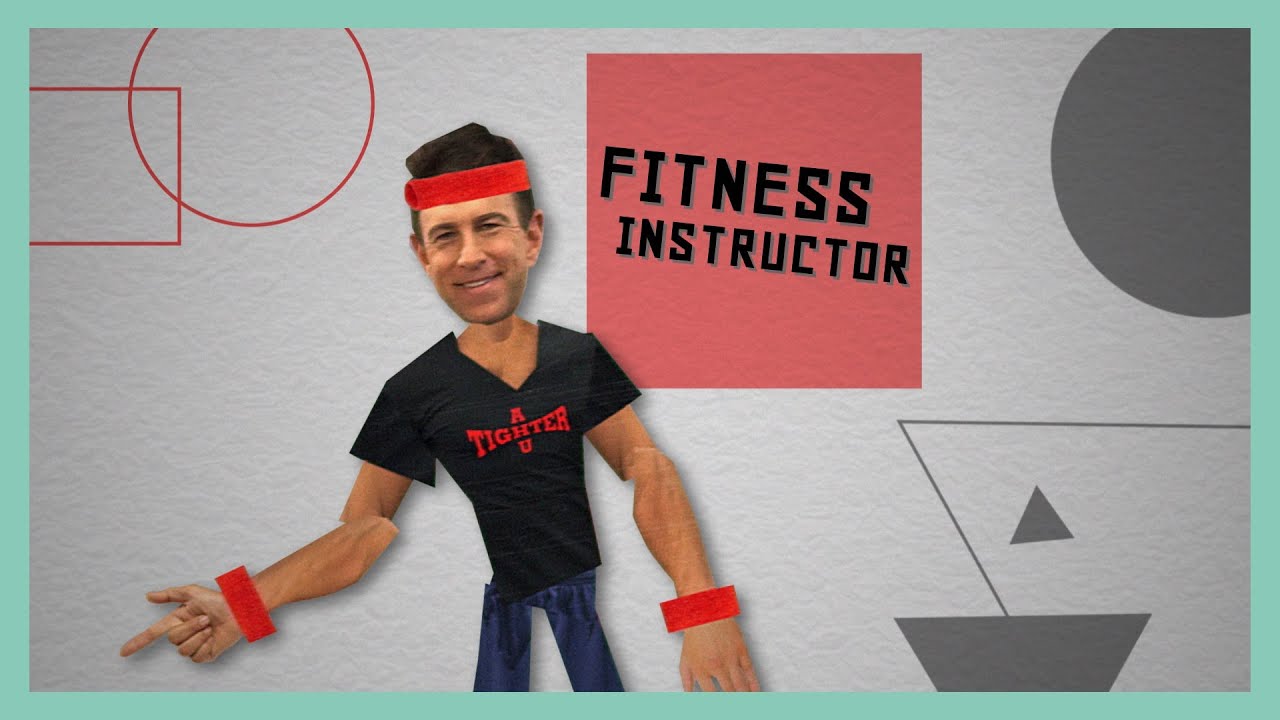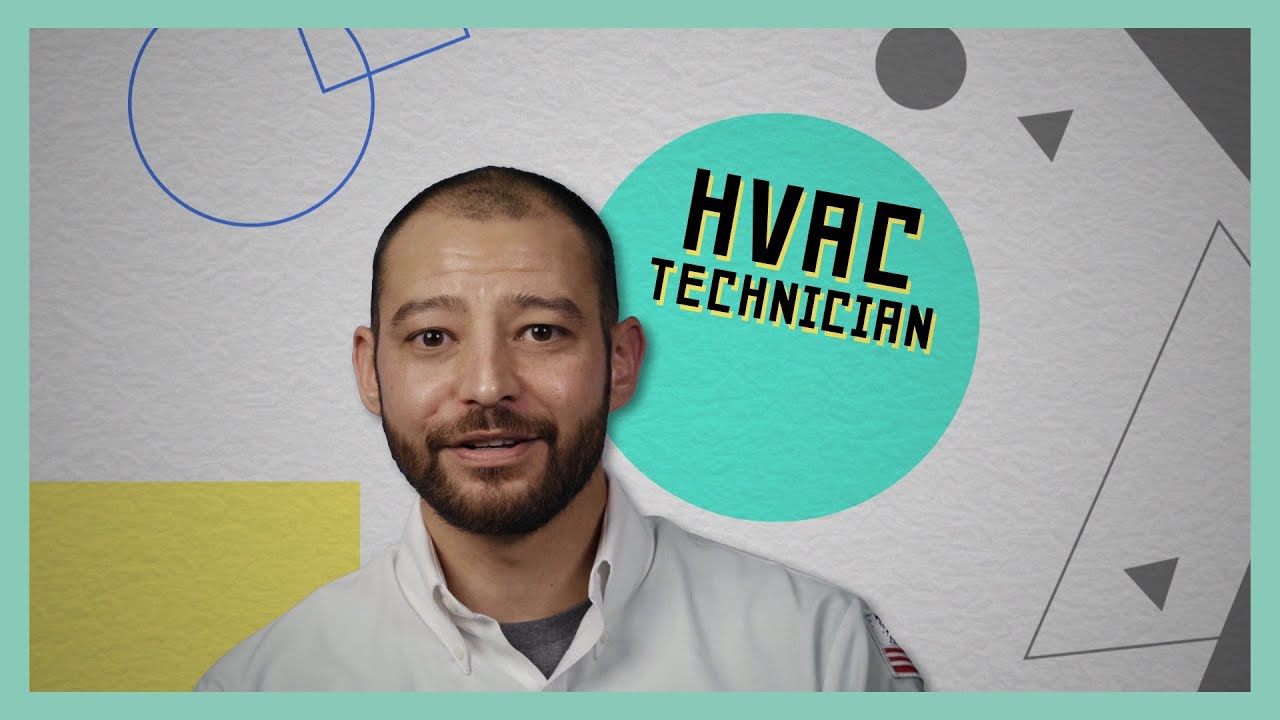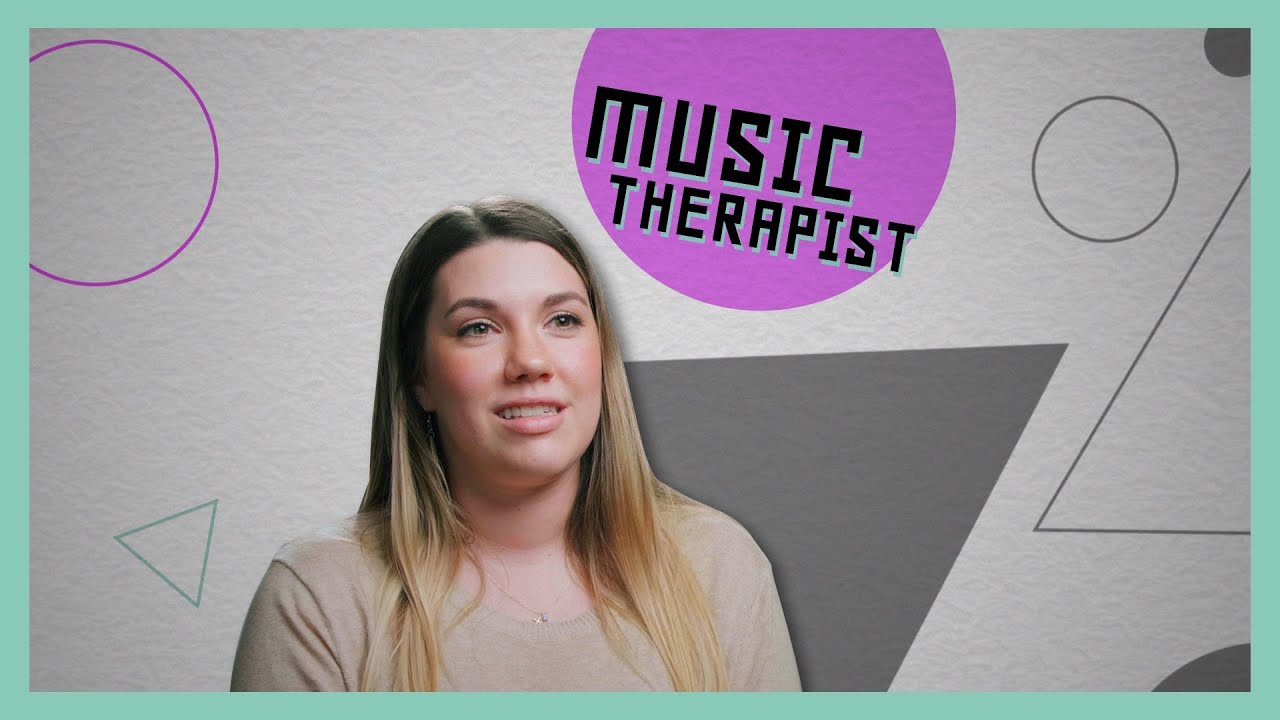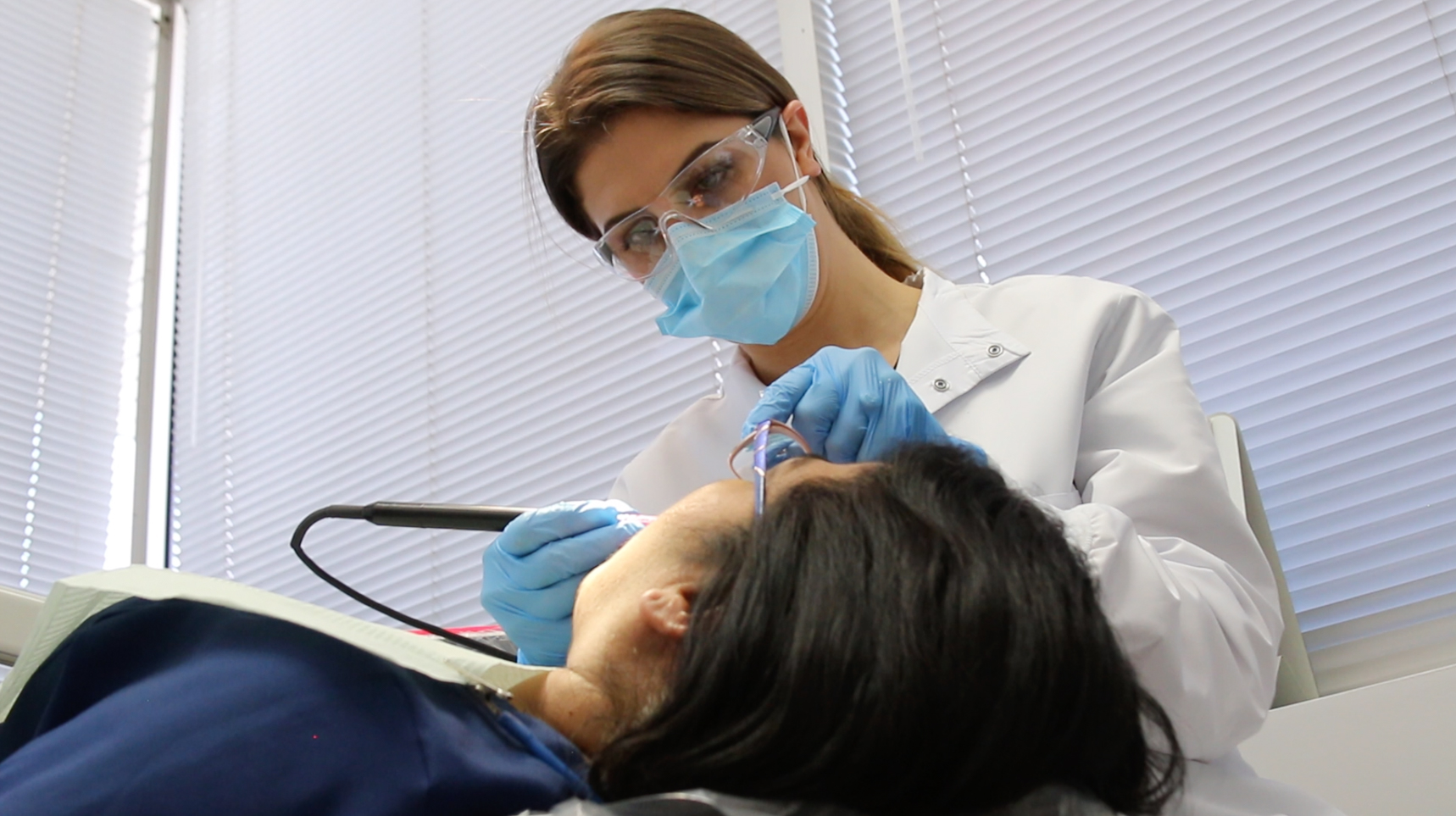Physical therapist assistants (PTAs) play an important role in helping people get back on their feet. Or moving that arm. Or having a pain-free back.
The PTA uses using exercise and movement to help reduce pain and gain mobility.
All states require physical therapist assistants to acquire an associate degree from an accredited program, according to the Bureau of Labor Statistics (BLS). Programs typically last about two years. Courses include anatomy, physiology, and kinesiology. Assistants experience work-based learning during supervised clinical work.
PTAs are licensed or certified. After completion of an accredited program, the PTA must pass the National Physical Therapy Exam for physical therapist assistants. The exam is administered by the Federation of State Boards of Physical Therapy. According to the BLS, “Some states require that applicants pass an exam on the state’s laws regulating the practice of physical therapy assistants, undergo a criminal background check, and be at least 18 years old. Physical therapist assistants also may need to take continuing education courses to keep their license.”
Kelsey Wade is a physical therapist assistant. If the field is of interest, she suggests checking out the different settings where PTAs work. “My advice for somebody who is interested potentially in seeking out a career in physical therapy would be – during your observation hours, which you need for school is to try various settings. So you have your outpatient, you have your acute care, you have your ICU, you have pediatrics, there’s so many different venues. I would try all of them.”
“See if it’s really a good fit for you before you take the plunge. Because school is fairly challenging and it’s going to require a lot of dedication. Make sure it’s something that you truly are interested by trying it out.”
Wade says her office did not close due to the pandemic. “Thankfully, we never had to close because we are considered an essential business. We did start doing telehealth visits for some patients that did not wish to come into the clinic.”
She adds, “We upped the frequency of sanitizing machines, tables, and common areas throughout the day. We check temperatures and require masks at all times.”
The PTA is considered an in-demand health care assistant occupation and is expected to grow by 33% in the 10-year period ending in 2029, according to the BLS.
The median pay is $58,790 per year.










